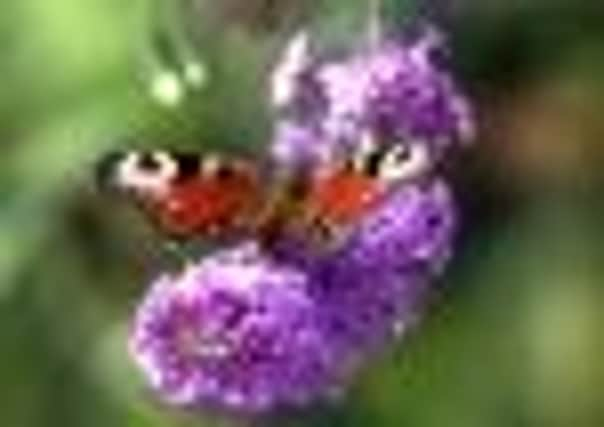Spring into action


Warm weather also has an effect on plants – it encourages them to start to grow.
So, in a perfect example of synergy, gardener and plants can now get together in a celebration of pruning and tidying.
Advertisement
Hide AdAdvertisement
Hide AdYes, it’s time to get out the secateurs yet again and get to grips with all those old, papery flowerheads from the ends of hydrangea stems, hacking them off to tidy up the appearance of the bush and to encourage more flowering buds to form.
Buddleia bushes and hardy fuchsias also appreciate hard pruning towards the end of March or into April. It gets them in the mood to produce fresh growth and plenty of flowers in late summer and autumn
Many gardeners see this first trimming-back of hardy fuchsias and buddleias as a green light to hack back all growth of deciduous shrubs and climbers. But that’s not what’s needed, especially if they are late-spring or early summer-flowering plants.
Using secateurs in spring will inevitably remove most of the buds which are preparing to flower. Instead, most shrubs, trees and climbers need nutrition rather than pruning, which can wait until after flowering.
Advertisement
Hide AdAdvertisement
Hide AdAn application of a decent slow-release plant food (there are numerous brands available) should feed these shrubs for the rest of the growing.
Just sprinkle a handful or two of slow-release granules around the outer rim of the shrub branches where the feeder roots tend to be.
And after the feed, it’s a good idea to trap as much water under the soil surface with the use of an organic mulch, such as composted bark or even old compost. It should also help keep down weeds and thus save you and the hoe a good deal of work.
If your shrub, tree or climber needs to be trimmed back, try to hold on until it has finished flowering before you get out the secateurs.
Advertisement
Hide AdAdvertisement
Hide AdThis is especially true of spring-flowering types such as forsythia, some heathers, the vibrant, yellow-flowered kerria and winter jasmine.
It’s better to hold fire than go in all guns blazing and lose out on some welcome spring blooms